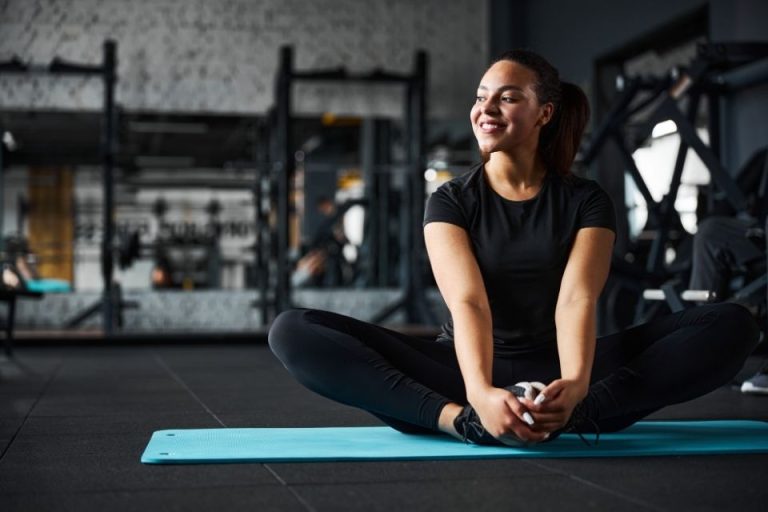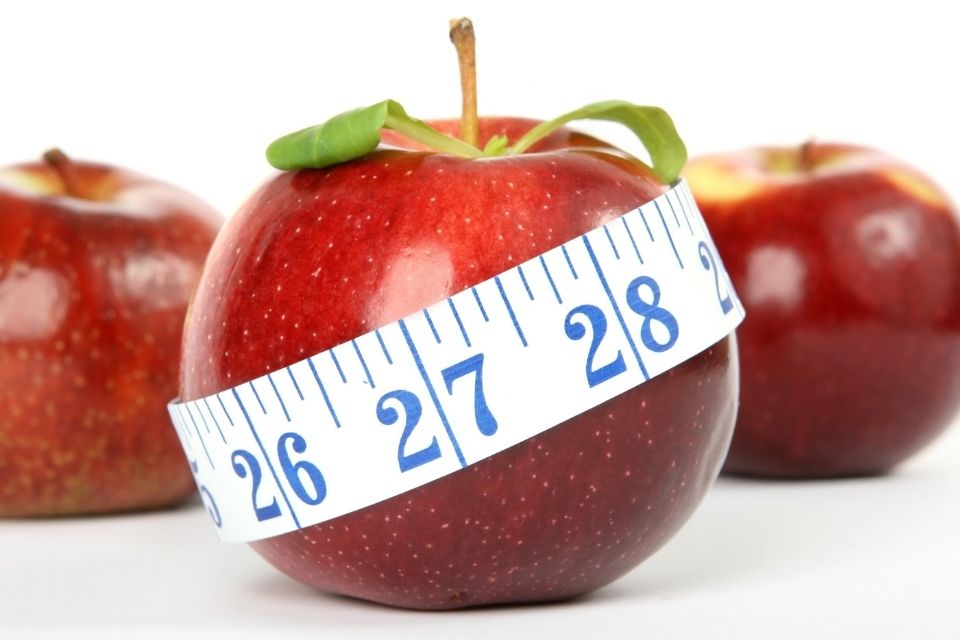When we think of fitness, most people focus on strength, endurance, or body composition. However, there’s another crucial component often overlooked: mobility.
Understanding what mobility is and how it differs from flexibility can transform not only your workouts but also your daily life. Mobility helps you move with freedom, reduces the risk of injury, and enhances performance in sports and strength training.
In this guide, we’ll explain what mobility means, why it matters, how it differs from flexibility, the main benefits, and practical exercises to improve it.
What Is Mobility?
Mobility refers to the ability of a joint to move actively through its full range of motion, under control, and with strength.
Unlike flexibility (which is more about how far a muscle can passively stretch), mobility combines strength, coordination, and flexibility to allow you to move efficiently.
For example:
- Flexibility is when you can stretch your hamstrings to touch your toes while lying down.
- Mobility is when you can squat deeply, using strength and control, while engaging multiple muscles and joints.
Why Is Mobility Important?
Mobility is essential because it impacts almost every aspect of movement in fitness and daily activities.
- Improved performance: Good mobility enhances technique in exercises like squats, deadlifts, or push-ups.
- Injury prevention: Restricted mobility often leads to compensations that increase injury risk.
- Posture and alignment: Mobility helps maintain balance between muscles and joints, improving posture.
- Daily life activities: Simple tasks like bending, climbing stairs, or reaching overhead become easier.
Benefits of Mobility Training
1. Increases range of motion
Better mobility allows deeper, safer, and more efficient movements in strength training.
2. Enhances strength and stability
Strong joints with good mobility support heavier loads and more complex movements.
3. Reduces stiffness and pain
Mobility drills relieve tightness caused by sitting for long periods or repetitive movements.
4. Boosts athletic performance
Athletes with good mobility move faster, jump higher, and recover better.
5. Supports longevity
Maintaining mobility as you age helps preserve independence and overall health.
Flexibility vs Mobility: What’s the Difference?
Many people confuse mobility with flexibility, but they are not the same.
- Flexibility = passive muscle length.
- Mobility = active control of a joint’s movement.
Think of it this way: flexibility is like having access to a wide range of motion, while mobility is the ability to use that range effectively in real life.
Mobility Exercises to Include in Your Routine
The best way to improve mobility is through dynamic and strength-based exercises.
1. Hip Circles
Improves hip joint range of motion, essential for squats and lunges.
2. Cat-Cow Stretch
Promotes spinal mobility and posture.
3. Deep Squat Hold
Teaches the body to control and strengthen the bottom squat position.
4. Shoulder Dislocates (with band or stick)
Increases shoulder mobility and prevents tightness.
5. 90/90 Hip Rotations
Targets internal and external hip rotation, key for athletes and lifters.
6. Ankle Dorsiflexion Stretch
Essential for improving squat depth and reducing ankle stiffness.
How to Improve Mobility Step by Step
- Warm up dynamically – before training, use controlled mobility drills instead of static stretching.
- Focus on weak points – hips, shoulders, and ankles are the most common areas needing extra work.
- Combine strength and mobility – exercises like lunges, squats, and overhead presses improve both.
- Consistency is key – 5 to 10 minutes daily of mobility training can bring noticeable results.
- Breathe and control – proper breathing enhances relaxation and range of motion.
Common Mistakes in Mobility Training
- Confusing mobility with stretching only – static stretching is not enough.
- Doing mobility only occasionally – improvements come with daily practice.
- Ignoring strength – mobility requires muscle activation, not just flexibility.
- Skipping warm-up – cold joints are more prone to stiffness and injury.
FAQs About Mobility
Is mobility the same as flexibility?
No, flexibility is passive muscle length; mobility is active joint control.
Can mobility training replace stretching?
Mobility includes elements of stretching but goes beyond by adding strength and control.
How often should I do mobility exercises?
Ideally, 5–10 minutes daily, especially before workouts.
Can mobility help with weightlifting?
Yes, improving mobility in hips, shoulders, and ankles enhances squat depth, deadlift form, and overhead lifts.
Why Mobility Matters
Mobility is more than flexibility—it’s the foundation of safe, efficient, and strong movement. By improving mobility, you unlock better performance in sports, reduce injury risk, and move more freely in daily life.
Start small with daily drills for hips, shoulders, and ankles, and gradually integrate them into your workouts.
Want to learn how to include mobility routines into your training? Download the Befit app and access guided mobility workouts, personalized plans, and progress tracking to keep your body moving at its best.








